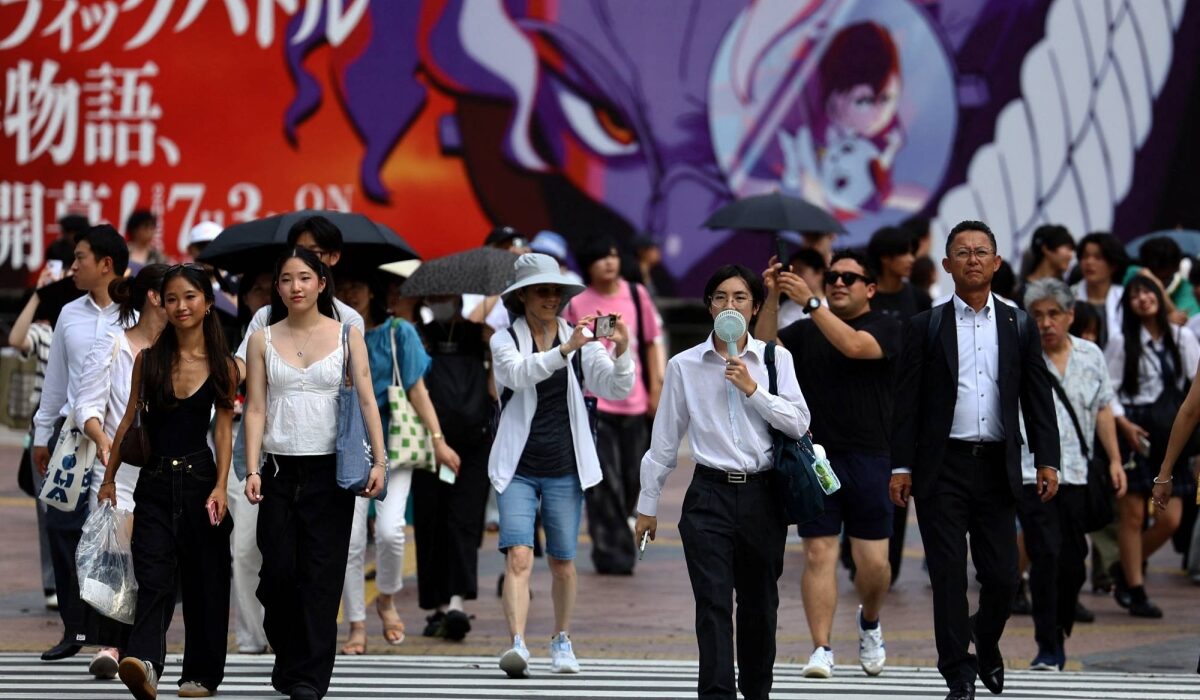As the scorching sun beat down relentlessly, the number of people succumbing to heatstroke soared to alarming heights last week. Over 10,000 individuals found themselves seeking medical attention, a figure that more than doubled from the previous week. The sweltering heatwave gripping the region showed no mercy, leaving a trail of heat-related illnesses in its wake.
In the midst of this heatwave chaos, hospitals and healthcare facilities were inundated with patients struggling to cope with the oppressive temperatures. The emergency rooms bustled with activity as medical professionals worked tirelessly to provide relief to those suffering from heatstroke. The rising number of cases painted a grim picture of the impact of extreme weather conditions on public health.
“The surge in heatstroke cases underscores the urgent need for effective heatwave mitigation strategies and public awareness campaigns,”
remarked Dr. Sakura Tanaka, a renowned expert in environmental health.
“As temperatures continue to rise due to climate change, we must be proactive in safeguarding vulnerable populations from the dangers of heat-related illnesses.”
The spike in heatstroke incidents not only strained the healthcare system but also raised concerns about the resilience of communities in the face of escalating climate challenges. The elderly, children, and individuals with pre-existing health conditions were particularly susceptible to the adverse effects of extreme heat, highlighting the urgent need for targeted interventions and support mechanisms.
Amidst the escalating heatwave crisis, experts emphasized the importance of urban planning and green infrastructure in mitigating the impact of rising temperatures. Strategic measures such as increasing green spaces, implementing heat-resilient building designs, and enhancing ventilation systems could play a crucial role in creating heat-resilient cities that offer refuge from the sweltering heat.
“Investing in green infrastructure is not just a luxury but a necessity in the face of climate change,”
stated Professor Hiroshi Yamamoto, an urban planning specialist.
“Green spaces not only provide shade and cooling effects but also contribute to overall well-being and quality of life in urban areas.”
The surge in heatstroke cases served as a stark reminder of the urgent need for comprehensive climate adaptation strategies and sustainable urban development practices. Beyond immediate healthcare responses, long-term solutions that address the root causes of heat-related illnesses are imperative to build resilient communities that can withstand the challenges of a warming world.
In conclusion, the recent spike in heatstroke cases underscores the pressing need for coordinated efforts at the individual, community, and policy levels to mitigate the impact of extreme heat events. As temperatures continue to rise and heatwaves become more frequent and intense, prioritizing public health, environmental sustainability, and climate resilience is paramount. By fostering a culture of preparedness, awareness, and innovation, we can work towards creating a safer and more resilient future for all in the face of a changing climate landscape.

